How to protect yourself and your personal information from malicious Android apps
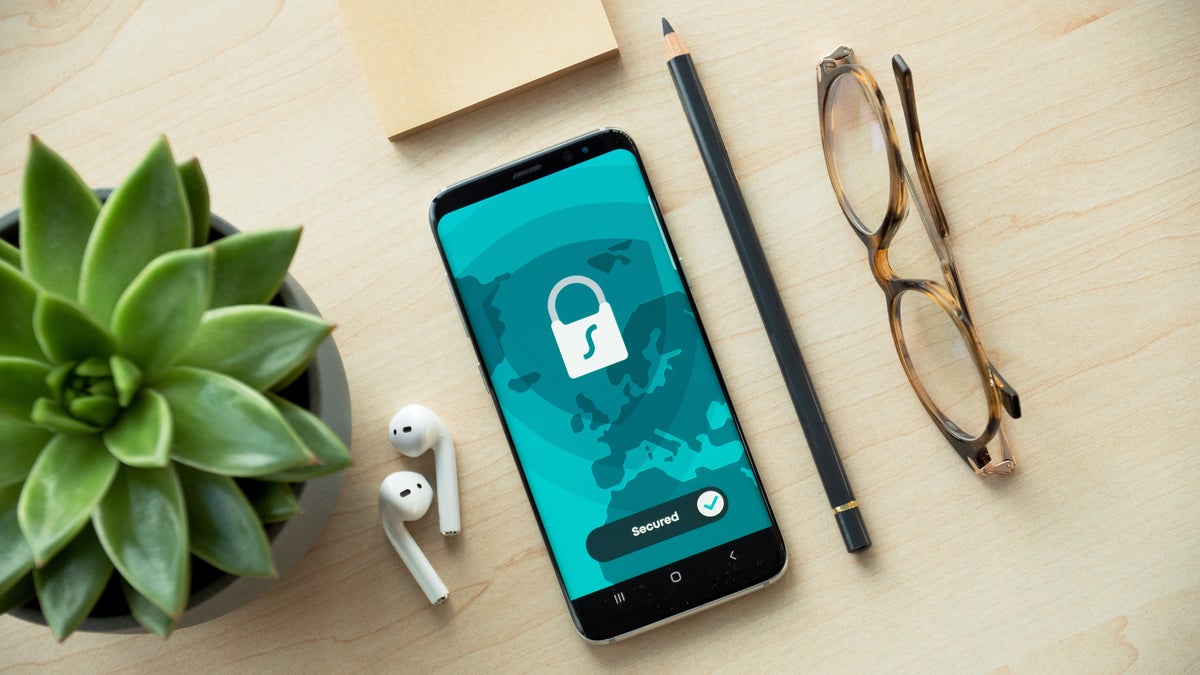
It is hard to deny that phones have practically become an extension of our bodies. They are the ultimate tool of the modern human, and much of what we do in our day to day is enabled by the numerous tech that’s crammed into these small slabs that fit into our pockets.
As a consequence of our reliance on phones, however, we tend to put all kinds of sensitive information in them in the form of images, passwords, bank accounts, etc. They are practically treasure troves full of data which, if discovered, can give frightening levels of access to our lives.
Android phones in particular are highly targeted by hackers who want to make their way to your personal treasure trove and use the information inside to carry out malicious activities. Very often, the aim of this criminal act is to gain access to your hard-earned cash and — in one way or another — steal it.
One of the most common ways hackers do this is through malicious Android apps, and we are not talking about only those you can sideload outside of the official app store. Unfortunately, even the Google Play Store does not have airtight protection against apps with malware, so you can’t really depend on Google to keep you safe from such dangers.
In this article we want to help you stay safe and avoid being ensnared by the traps said hackers lay out. Below you will find out more about how to spot malicious Android apps before and after you have installed them. We will also talk about what you can do to protect yourself and clean your phone from malware.
Many of these applications, and that includes those in the official Google Play Store, often try to hook you by promising some kind of reward, gift, or plain and simple money. There is no such thing as a free lunch! More often than not (almost always in fact), these apps contain malware and the developers are virtually hanging a piece of candy for you to bite on.
If you feel there is even a small chance the app you want to download is shady, a quick Google search wouldn’t hurt whatsoever. It is better to be safe than sorry. Additionally, it can prove helpful to check out the reviews — do they make sense? Or are they nonsensical and weird-looking?
One of the best ways to see if the app will be snooping where it shouldn’t is to check its app permissions beforehand. You can do that by going to the app you are interested in, tapping on the About section, scrolling down to the bottom, and tapping on App permissions.
Does something feel out of place? Is the app requesting access to your camera without any obvious need for it, for example?
Yes, you can stumble upon malicious apps in the Google Play Store, but the chances of this happening are much greater as soon as you start downloading apps from other sources too. That is called sideloading.
Now, we are not saying that sideloading apps guarantees malware on your Android phone. The fact that Android allows this, to begin with, is part of what makes it a special OS. That being said, if you don’t know what you are doing and haven’t done proper research, it’s best to stay away from sideloading apps.
There are a few common symptoms to look out for that can point to a malware-infected phone:
Also called adware, this type of malware has one goal and one goal only — to flood your screen with our favorite type of ads, the ones that pop up. This might not threaten your livelihood, but it is undoubtedly one of the peskiest examples of malware.
Phones’ batteries degrade over time and last less, but if you see a sudden change in your phone’s battery life then it’s best to check out which app is the one pulling so much juice. Is it a new one that you recently installed? If the answer is yes and it is not from a trusted developer with a good reputation, either delete it immediately or at least do thorough research on it.
Steps:
If you are on a limited data plan and you notice your data ending abnormally early, you should immediately check how much data each app is using up. It is the same as with the battery — if you see any new app or one that you don’t recognize and it’s drawing too much data, delete it!
If you happen to have an unlimited data plan, our recommendation is to still check how much data each app is using up at least once in a while as a precaution.
Steps:
Is your phone inexplicably performing worse than before even during regular tasks? There could be many reasons for this, of course, like very hot or cold temperatures or software bugs, but if all else seems fine and you are still seeing a lower performance, then it could mean you have malware.
Speaking of temperatures, another giveaway related to performance might be overheating issues. Malware usually works behind the scenes while your phone is carrying out its regular tasks, so it is basically putting more stress on top of the processor which can lead to regular overheating issues.
The Google Play Store has a tool called Play Protect, which can run a safety check on apps from the Play Store, but also harmful apps that have been installed from other sources. It will warn you of potentially harmful applications and sometimes deactivate or straight-up remove harmful apps from your Android phone.
Steps:
This should go without saying, but one of the best ways to protect yourself against Android apps with malware is to have some kind of mobile threat detection tool like an antivirus program installed. Just make sure that it is a reputable one and not one that is just disguised as such. Many antivirus programs can also remove malware that is already on your phone too.
It’s good practice to check your app drawer every once in a while to see if there are any apps in there that you don’t recognize. This is especially true if you notice any of the symptoms we mentioned earlier.
Does it look odd and like something that shouldn’t be on your phone? Maybe it is using up too much battery life or data. If so, delete it.
Sometimes, however, it is not as simple as going into the app drawer and uninstalling the app. There are malware applications that give themselves admin privileges, which makes the uninstall option disappear from the pop-up menu.
Here’s how you can combat this issue:
If all else fails, your last option is to completely reset your phone to its factory settings. This will wipe out everything on your device, so be sure to back up all your important files and data beforehand.
Once you reset your phone, you should disable the automatic app downloads in case the phone goes ahead and downloads that malicious app again. Instead, it’s best if you do it manually.
One of the most common ways hackers do this is through malicious Android apps, and we are not talking about only those you can sideload outside of the official app store. Unfortunately, even the Google Play Store does not have airtight protection against apps with malware, so you can’t really depend on Google to keep you safe from such dangers.
How to spot Android malware apps
No such thing as a free lunch
Many of these applications, and that includes those in the official Google Play Store, often try to hook you by promising some kind of reward, gift, or plain and simple money. There is no such thing as a free lunch! More often than not (almost always in fact), these apps contain malware and the developers are virtually hanging a piece of candy for you to bite on.
Read the reviews and research the app
If you feel there is even a small chance the app you want to download is shady, a quick Google search wouldn’t hurt whatsoever. It is better to be safe than sorry. Additionally, it can prove helpful to check out the reviews — do they make sense? Or are they nonsensical and weird-looking?
With tech like ChatGPT now widely available, it is not uncommon for app developers to include fake reviews. These usually tend to stand out as unnatural and should be an instant red flag.
Read the app permissions
One of the best ways to see if the app will be snooping where it shouldn’t is to check its app permissions beforehand. You can do that by going to the app you are interested in, tapping on the About section, scrolling down to the bottom, and tapping on App permissions.
Does something feel out of place? Is the app requesting access to your camera without any obvious need for it, for example?
Avoid third-party app stores
Yes, you can stumble upon malicious apps in the Google Play Store, but the chances of this happening are much greater as soon as you start downloading apps from other sources too. That is called sideloading.
How do you know if your phone has malware?
There are a few common symptoms to look out for that can point to a malware-infected phone:
Ads, lots of pop-up ads!
Also called adware, this type of malware has one goal and one goal only — to flood your screen with our favorite type of ads, the ones that pop up. This might not threaten your livelihood, but it is undoubtedly one of the peskiest examples of malware.
The battery suddenly starts to drain rapidly
Phones’ batteries degrade over time and last less, but if you see a sudden change in your phone’s battery life then it’s best to check out which app is the one pulling so much juice. Is it a new one that you recently installed? If the answer is yes and it is not from a trusted developer with a good reputation, either delete it immediately or at least do thorough research on it.
- Open the Settings app and tap on Battery.
- Tap on Battery Usage.
- The higher the app is, the more battery it drains.
Excessive data usage
If you are on a limited data plan and you notice your data ending abnormally early, you should immediately check how much data each app is using up. It is the same as with the battery — if you see any new app or one that you don’t recognize and it’s drawing too much data, delete it!
If you happen to have an unlimited data plan, our recommendation is to still check how much data each app is using up at least once in a while as a precaution.
Steps:
- Go to the Settings app.
- Tap on Network & Internet (or just Internet).
- Next to your carrier, tap Settings.
- To see graphs and details, tap App data usage. To pick a time period, tap the Down arrow.
Your phone seems slower or overheats
Is your phone inexplicably performing worse than before even during regular tasks? There could be many reasons for this, of course, like very hot or cold temperatures or software bugs, but if all else seems fine and you are still seeing a lower performance, then it could mean you have malware.
Scan your phone for malware apps with Play Protect
The Google Play Store has a tool called Play Protect, which can run a safety check on apps from the Play Store, but also harmful apps that have been installed from other sources. It will warn you of potentially harmful applications and sometimes deactivate or straight-up remove harmful apps from your Android phone.
Steps:
- Open the Google Play Store app.
- Tap the profile icon at the top right.
- Tap Play Protect and then Settings.
- Turn Scan apps with Play Protect on if it is not already.
How to get rid of malicious Android apps
Use an antivirus program
This should go without saying, but one of the best ways to protect yourself against Android apps with malware is to have some kind of mobile threat detection tool like an antivirus program installed. Just make sure that it is a reputable one and not one that is just disguised as such. Many antivirus programs can also remove malware that is already on your phone too.
Simply uninstall
It’s good practice to check your app drawer every once in a while to see if there are any apps in there that you don’t recognize. This is especially true if you notice any of the symptoms we mentioned earlier.
Sometimes, however, it is not as simple as going into the app drawer and uninstalling the app. There are malware applications that give themselves admin privileges, which makes the uninstall option disappear from the pop-up menu.
Here’s how you can combat this issue:
- Go to Settings and then Security.
- Tap on Other Security Settings.
- Tap on Device Admin apps, Device Administrators, or Phone Administrators.
- Toggle admin privileges off for the malware app.
- Tap Deactivate.
- Now you should be able to see the uninstall option.
Last resort: factory reset
If all else fails, your last option is to completely reset your phone to its factory settings. This will wipe out everything on your device, so be sure to back up all your important files and data beforehand.
Follow us on Google News






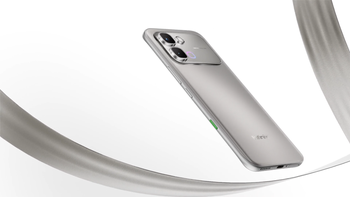

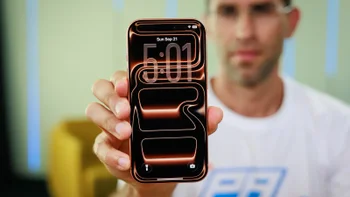
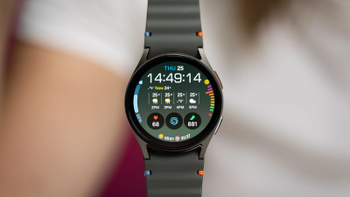

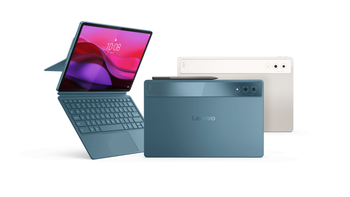

Things that are NOT allowed:
To help keep our community safe and free from spam, we apply temporary limits to newly created accounts: